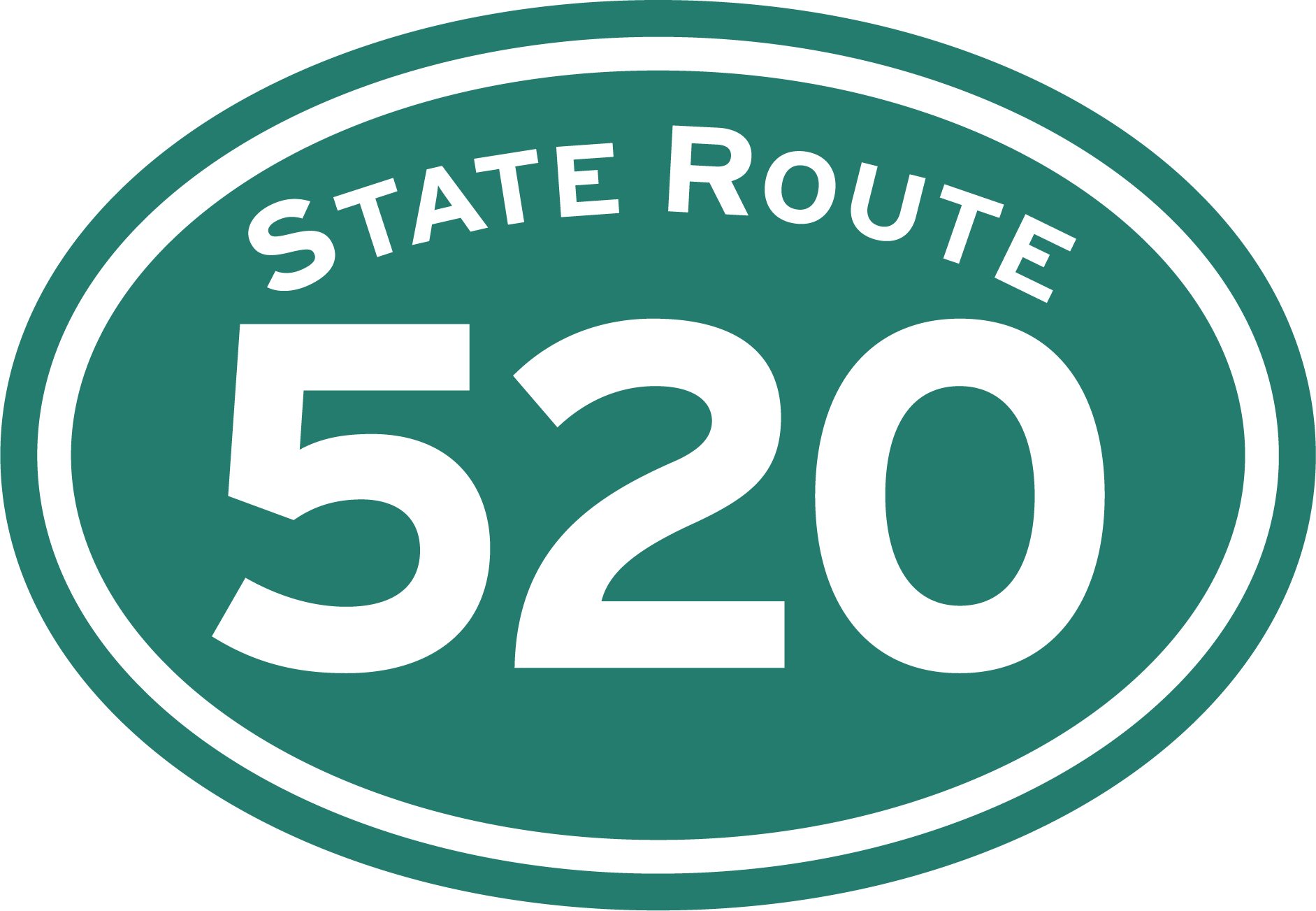SR 520 Construction Corner
The go-to source for information on SR 520 construction and closures.
Want to know about current or upcoming SR 520 construction closures and activities? You’ve come to the right place. Use the interactive map below to filter by date range, location, and closure type to find detailed information as it is available.
Construction map
Filter
Note: This tool is presented for planning purposes only. Construction work is dependent on weather and other factors. Activities are subject to change.
